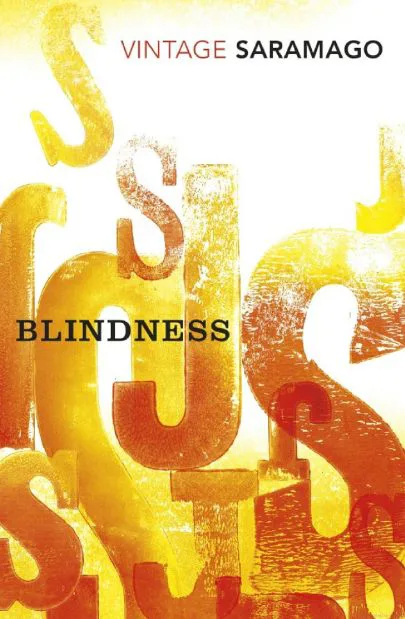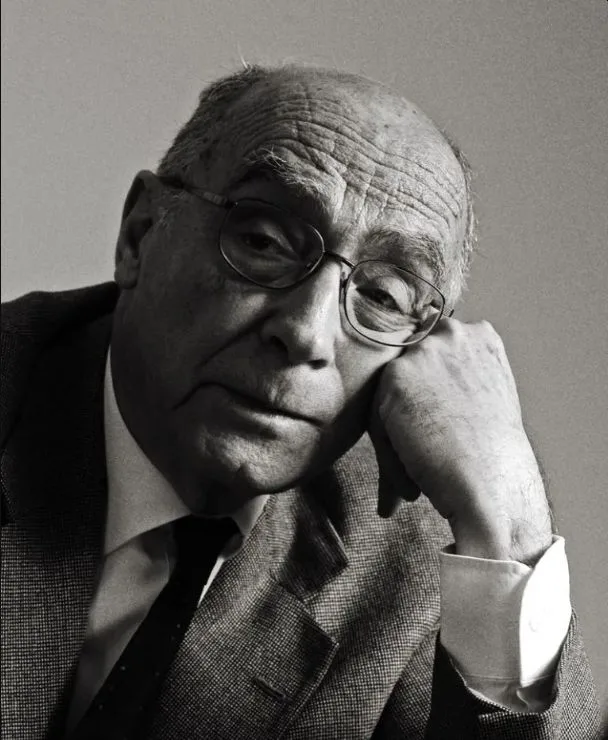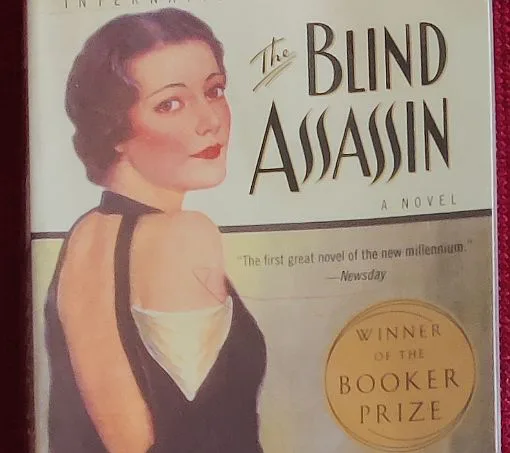
“Blindness” is written by José Saramago. It was first published in 1995. The author is widely regarded as one of Portugal’s greatest literary figures, and his novel “Blindness” stands as a testament to his talent and artistic vision.
The book is not written in traditional punctuation and paragraph structures; may be because the writer intended to cultivate a stream of voices that mirror the concept of blindness in its multifaceted manifestations.
In fact, he has his own writing style, the entire narrative, description, and dialogues just goes on and on, with sparse punctuation throughout. Yes, this book demands full attention. While reading, I usually visualise the plot and so I “see” the storyline and not “read”. But Saramago’s prose compels readers to immerse themselves in the text and read attentively.
The book, “Blindness”, delves into the profound consequences of a sudden loss of vision, which escalates into a pandemic affecting an entire society. Through this lens, the novel explores how humanity navigates and confronts such a catastrophic event. (Spoiler alert ahead.)
The Plot
The storyline begins with a man experiencing a sudden onset of blindness. He is escorted home by a stranger who later steals his car. Meanwhile, his spouse takes him to an ophthalmologist. The results reveal that there is nothing wrong with his ocular organs, yet his vision remain shrouded in a luminous void.
Continuing on, the narrative escalates as the “white blindless” proliferates with alarming speed. True to expectation, individuals in proximity to the initial blind man find themselves succumbing to its grip. This includes the car thief, girl sitting at the ophthalmologist’s lobby, the doctor himself and his other patients. No sooner the doctor realises that he’s at the epicenter of an epidemic, he tries to alert authorities. Initially, he faces indifference but later his warnings gain traction. As a safety measure, the government relocates all the infected persons to a designated quarantine site. That happens to be a dilapidated former asylum.
Things start to take a bad turn from here. Health of people in quarantine starts deteriorating since there is no one to take care of their meals and well-being. Although, the doctor’s wife remains unaffected, she feigns blindness just to stay with him. As a consequence of poor health, people start dying. Their dead bodies left unattended for days and corridors start accumulating filth due to excrement. To make situation more worse, ration distribution becomes erratic. Additionally, individuals attempting to evade armed guards’ resort to the use of lethal force against those trying to escape.
At first, relying on bartering for sustenance, they eventually resort to coercion, demanding degrading favors in exchange for vital supplies. Initially, faced with opposition, the severity of the circumstances drives certain individuals to resort to desperate measures. Women, in particular, bore the brunt of the ordeal, being compelled to exchange sexual favors for access to medicine and food.
Unexpectedly, the doctor’s wife discovers a pair of scissors, taking a surprising twist in the situation. She blends-in with a group of women, who were supposed to be subjugated by the gang of miscreants a.k.a guards and those in position of authority. She then approaches their leader from behind and incapacitates him by severing his throat. Rather than resolving the conflict, this action propels the turmoil in a new direction. Now, a naturally blind individual attempts to seize control, exacerbating their oppressive reign. Faced with the distressing new circumstances, a blind woman, in a state of utter desperation, sets fire to the mattresses used as barricades by the oppressors. This ignites chaos in the asylum, leading to a mass exodus as many blind people manage to escape the burning building.
Unanimously, the doctor’s wife takes charge of one of the groups and guides people into the town. She tries to look for shelter and food. However, they find the city in complete ruins. And citizens in total confusion, families being separated from each other. Eventually, the group settles in the doctor’s apartment. She then attempts to procure supplies from supermarket but to her disbelief she finds piles of dead bodies. Discovering stacks of lifeless bodies induces nausea within her. Seeking solace, her husband guides her to a nearby church for respite. However, upon arrival, they discover the church teeming with blind individuals.
Amid their time at the church, she observes the peculiar sight of statues shrouded with cloth over their eyes. This ignites a wave of panic which prompts others to hastily flee the premises. She and her husband then hastily gather any remaining supplies. However, they soon come to the realization that their survival hinges on escaping the city for the safety of the countryside.
Later, they return to the flat. The doctor’s wife starts reading a story to everyone. As she immerses herself in the narrative, an unexpected event unfolds: the first blind man, lying with his eyes closed, experiences a sudden shift from stark whiteness to complete darkness. In a panicked exclamation, he declares himself blind, only to reopen his eyes and discover his vision restored. This phenomenon sparks hope among the group. Slowly and stealthily other people too starts recovering from the disease. The novel culminates with the doctor’s wife standing on her balcony, gazing out over the city as the grip of the epidemic finally loosens.

Quarantine Reveals Depths of Humanity
People who were confined to the asylum underwent significant changes as a result of their experience. They were independent and self-reliant individuals before the pandemic hit them but after staying in quarantine, they realised what it feels like to depend on others for survival and support.
Quite parallelly, the guards were the individuals who allowed the worst in them to surface. This highlights the emergence of primal instincts in the face of crisis. Rather than upholding their duty with integrity and compassion they commit acts of violence, and exploit the vulnerability of the blind individuals. Their actions serve as a commentary on the potential for moral decay. And the breakdown of civilization when confronted with adversity.
Hope for the Future
By the end of the novel, we find complete disintegration of society. There seem to have no hope for survival yet a small band of individuals led by doctor’s wife put in some efforts to restore a semblance of humanity amidst the chaos. This emphasizes the innate human capacity to adapt, survive, and rebuild in the face of adversity. It underscores the importance of qualities such as resilience, leadership, community, and connection in navigating through crises and rebuilding society. Thus, even amidst the darkest of times, there remains a glimmer of hope for the future.
The experience of living through a pandemic like COVID-19 undoubtedly adds another layer of resonance to the themes explored in “Blindness”. In fact, it offers a compelling and haunting narrative that will resonate deeply with us. It is a gripping and unforgettable story that leaves a lasting impact on all who read it.



